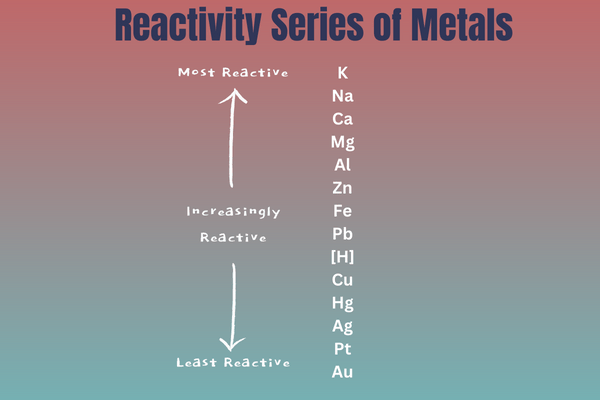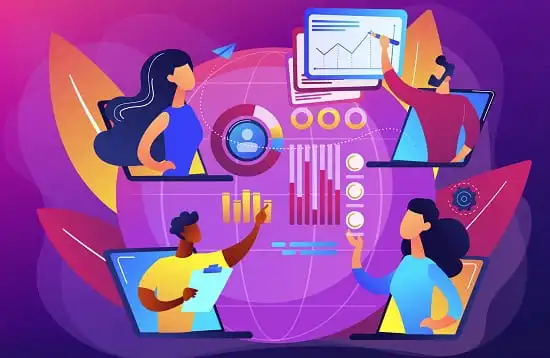Analyzing the education policies of the central and state governments in India requires considering various aspects, including access to education, quality of education, inclusivity, and the overall impact on the education system.
Access to Education:
a. Right to Education (RTE) Act: The RTE Act, implemented by the central government, aimed to provide free and compulsory education to all children aged 6-14. It was a significant step towards improving access to education, particularly for marginalized communities. However, challenges remain in terms of adequate infrastructure, teacher shortages, and regional disparities.
b. Sarva Shiksha Abhiyan (SSA): SSA is a flagship program by the central government that focuses on universalizing elementary education. It has made progress in improving infrastructure, enrollment rates, and retention. However, issues like poor quality of education, lack of trained teachers, and high dropout rates still persist.
c. Mid-Day Meal Scheme: This scheme, implemented by both central and state governments, aims to enhance enrollment, attendance, and nutrition levels among school children. It has had a positive impact on increasing attendance rates and addressing malnutrition concerns.
Quality of Education:
a. National Curriculum Framework (NCF): The NCF, periodically revised by the National Council of Educational Research and Training (NCERT), provides guidelines for curriculum development. While it promotes a holistic approach to education, there are concerns about outdated content, rote learning, and the need for greater emphasis on critical thinking, creativity, and practical skills.
b. Continuous and Comprehensive Evaluation (CCE): CCE was introduced to assess students’ learning on a continuous basis. However, its implementation has been inconsistent, with concerns about overemphasis on exams and inadequate teacher training.
c. Digital Education Initiatives: Both central and state governments have taken steps to promote digital education, especially during the COVID-19 pandemic. While these initiatives have increased access to learning resources, challenges remain in terms of access to devices, internet connectivity, and training for teachers.
3. Inclusivity:
a. Reservation Policies: Affirmative action policies, such as reservation quotas for disadvantaged communities, aim to promote inclusivity in education. However, debates surround the effectiveness and impact of these policies, including concerns about perpetuating divisions and the need for comprehensive socio-economic upliftment.
b. Special Education: Efforts to address the needs of students with disabilities have been made through policies like the Rights of Persons with Disabilities Act, 2016. However, there are still significant gaps in infrastructure, trained professionals, and inclusive teaching practices.
4. Higher Education:
a. National Education Policy (NEP) 2020: The NEP aims to transform the higher education system by promoting interdisciplinary studies, research, and autonomy for institutions. While it has received praise for its vision, its successful implementation requires substantial investment, robust governance, and effective coordination between the central and state governments.
b. Skills Development Initiatives: Skill India Mission and various vocational education programs have been launched to bridge the gap between education and employability. However, challenges persist in aligning the curriculum with industry needs and providing adequate training infrastructure.
It is important to note that the education landscape is dynamic, and policies and their impact continue to evolve. A comprehensive analysis would require examining specific policies, their implementation, and the outcomes achieved at the central and state levels.

Rahul Kumar is a passionate educator, writer, and subject matter expert in the field of education and professional development. As an author on CoursesXpert, Rahul Kumar’s articles cover a wide range of topics, from various courses, educational and career guidance.



